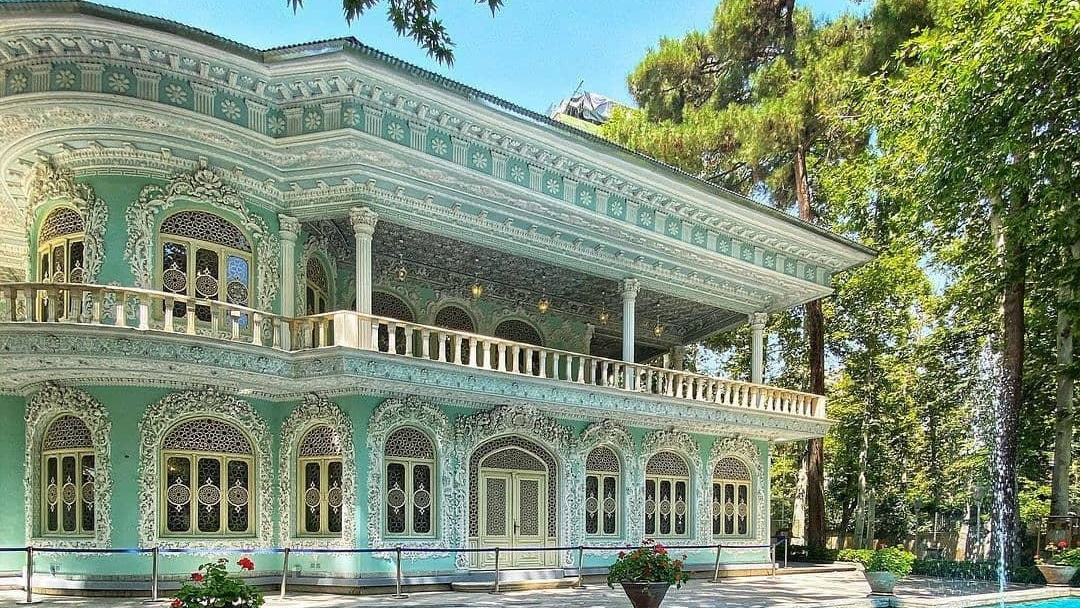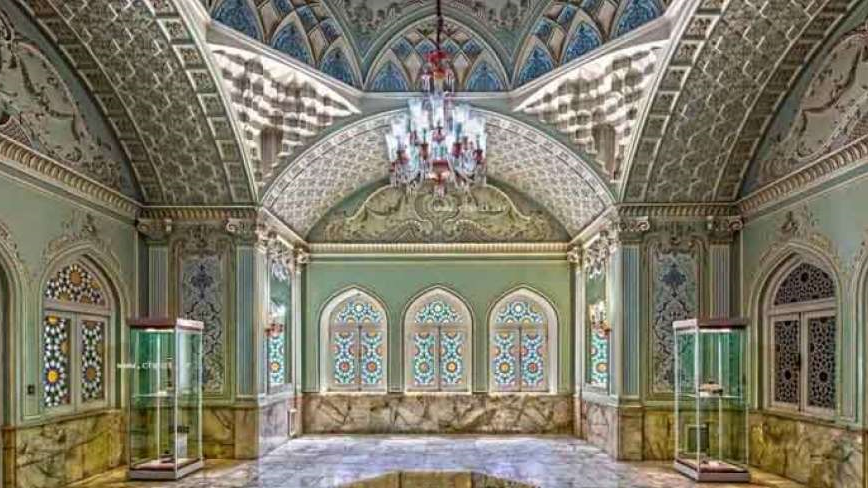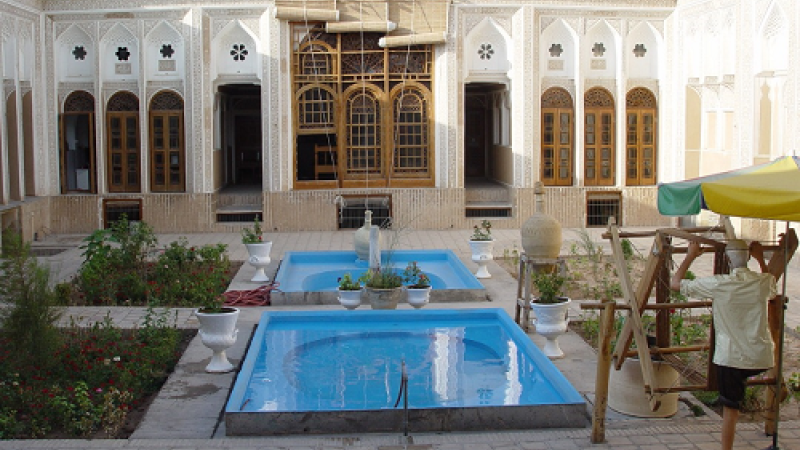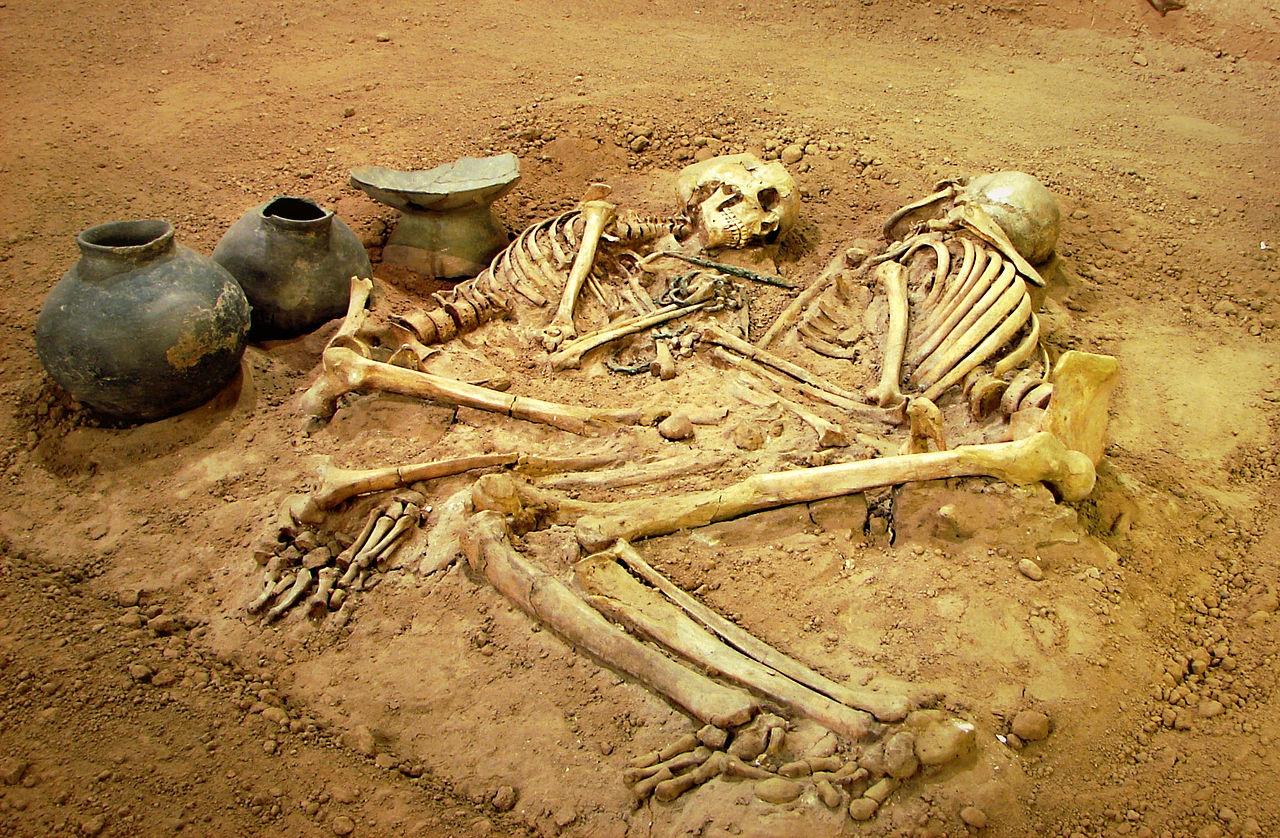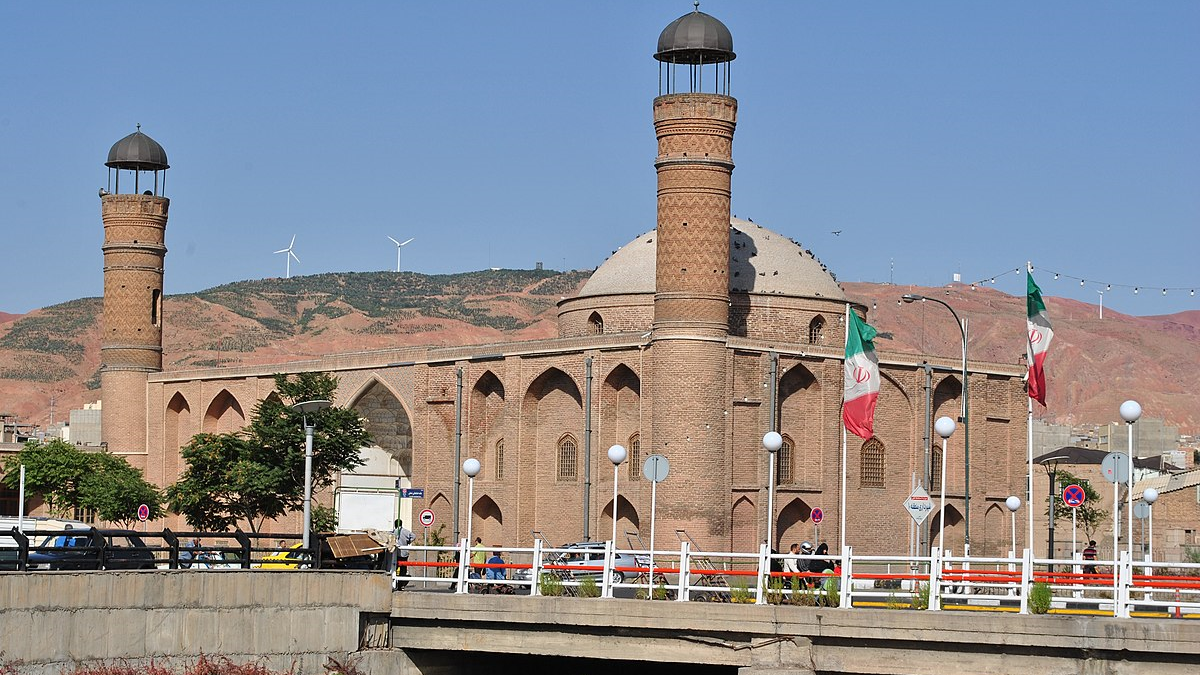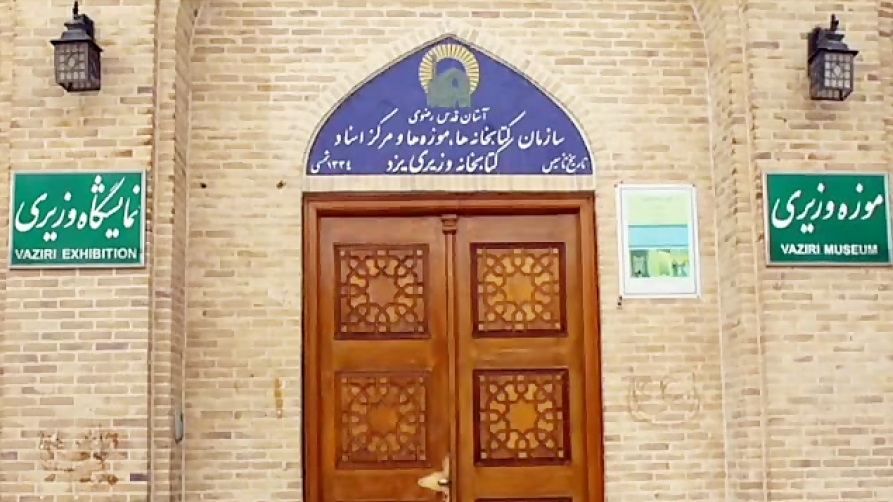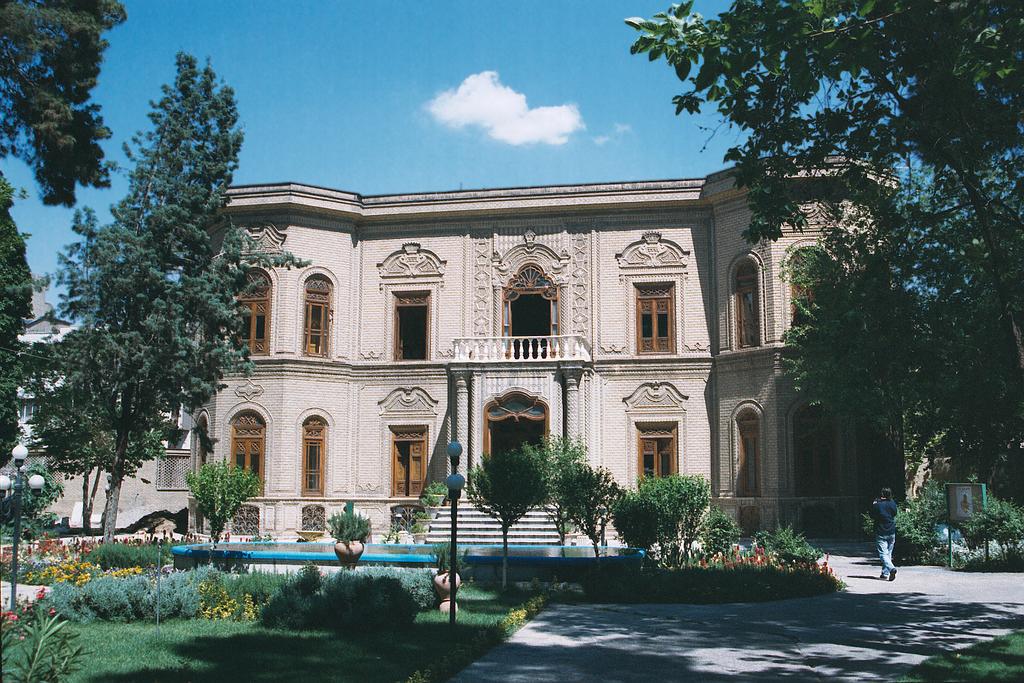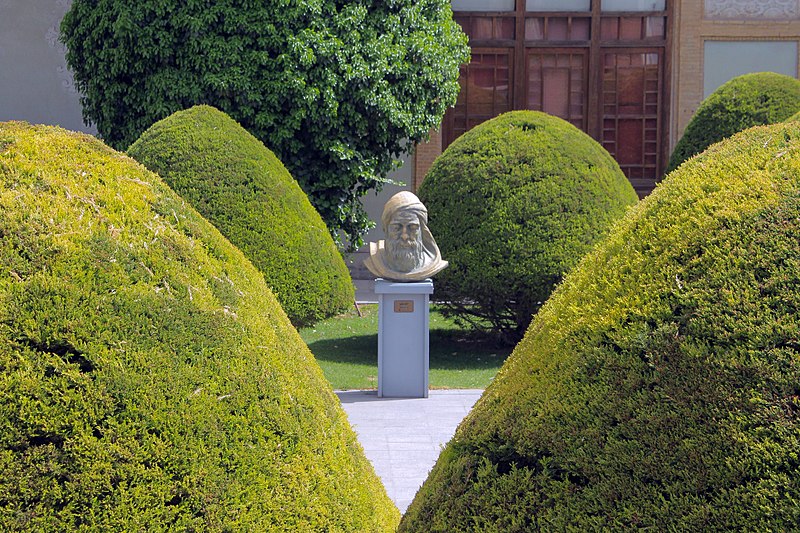
Vakil Bathhouse: a Gateway to Learn about Iranian Traditions
Karim Khan Zand was the founder of the Zand Dynasty, ruling from 1751 to 1779. He chose Shiraz as the capital city during his reign and constructed a notable number of buildings in the city. Bazars, mosques, schools, and bathhouses are among the extraordinary constructions built during Karim Khan’s rule.
Architecture
Traditional Iranian bathhouses were built in three parts. They had a Sarbineh (changing room), a Miandaar, and a Khazineh (hot pool). These bathhouses used to be called “khazinehei bathhouses” because hot water was stored in a pool. However, the introduction of water pipelines changed the game, and these types of bathhouses were replaced with a different type of bathhouses, consisting of a big hall in which there were several small shower areas. A bathhouse was always an important part of life in every corner of Iran and was considered the main place to receive hygienic services. The number of bathhouses in Iran has drastically shrunk due to the modern way of constructing a bathroom in every house.
Sarbineh
Sarbineh, or the changing room, was the first-place people entered when they wanted to use the services of a bathhouse. What distinguished the Sarbineh in Vakil bathhouse was a live music performance, specifically for the people of Shiraz, known as Vassunak, to welcome the customers.
In Sarbineh, a person called Hammami was present. Hammami’s job was to receive customers ' belongings and place them in designated safe spaces. In addition to that, Hammami was also the cashier, in charge of collecting fees from those who wanted to use the services of a bathhouse. Besides, Hammami was responsible for managing the bathhouse generally, maintaining hot water, and providing firewood. Several workers usually helped the Hammami manage the affairs of a bathhouse.
The Sarbineh of the Vakil bathhouse is made of different parts, each for people of a particular class and social status. A bathtub for cold water was placed in Sarbineh for people to step in on their way to the bathing area. It was believed that the described action would prevent illnesses such as the flu. There is also a big bathtub in the middle of the Sarbineh in the Vakil Bathhouse, built for decorative purposes.
In Vakil Bathhouse, a person known as Naqqal (narrator) was in charge of briefing the customers on the latest news. Using the paintings on the bathhouse’s roof, a Naqqal narrated ancient stories and anecdotes occasionally.
The Sarbineh of Vakil Bathhouse
The roof of a bathhouse is traditionally made of lime instead of plaster, for humidity solidifies lime as opposed to plaster. Several literary and religious stories are exhibited on the bathhouse’s roof. These stories include:
Mi’raj of Prophet Muhammad (PBUH)
The Sacrifice of Ismail
Shirin and Farhad
Bijan and Manijeh
Joseph in and out of the Well
Joseph, Egypt’s second-in-command
Joseph at Zuleikha’s Party
The Roof Decorations in Vakil Bathhouse
Miandar
A Miandar was a space that connected Sarbineh to the hot pool. It was where newlywed spouses held their Henā-bandān ceremony. The space would be occupied by a particular group of customers during wedding ceremonies, meaning that strangers were not allowed to enter. Other ceremonies, including the birth of a child, were at times held in Miandar.
Khazineh (hot pool)
Often, a hallway connected Miandar to Khazineh. The hallway was used to balance body temperature in order to prevent a drop in blood pressure when one immediately stepped into an extremely hot or cold environment. People bathed in Khazineh, where a person called dallak (masseur/masseuse) took charge of massaging, rubbing with bath leaf, Hejāmat, removing a bad tooth, etc.
Vakil Bathhouse Museum
Similar to other traditional bathhouses, the Vakil Bathhouse is not functional today and has been turned into a museum. To make it more understandable for the visitors, different statues made of wax are placed in different corners of the bathhouse. There are also some statues in the Miandar, showcasing Shirazi outfits and costumes. Visiting the bathhouse gives the tourists a proper insight into bathhouses as well as Iranian traditions and lifestyle.
| Name | Vakil Bathhouse: a Gateway to Learn about Iranian Traditions |
| Country | Iran |
| State | Fars |
| City | Shiraz |

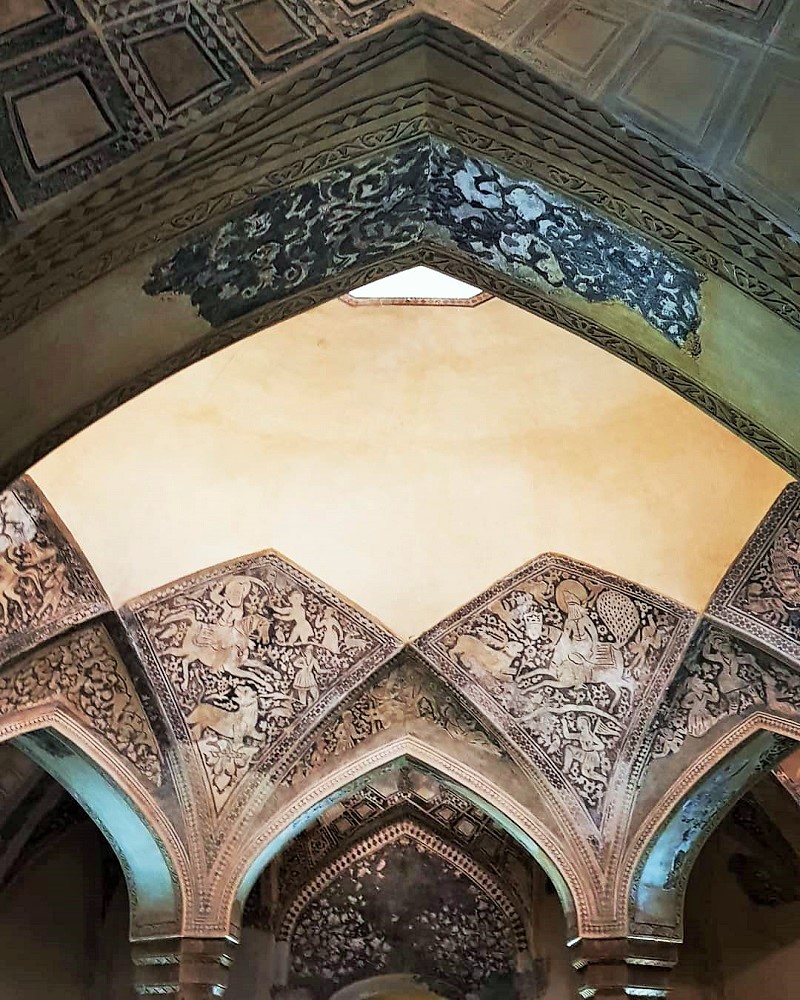
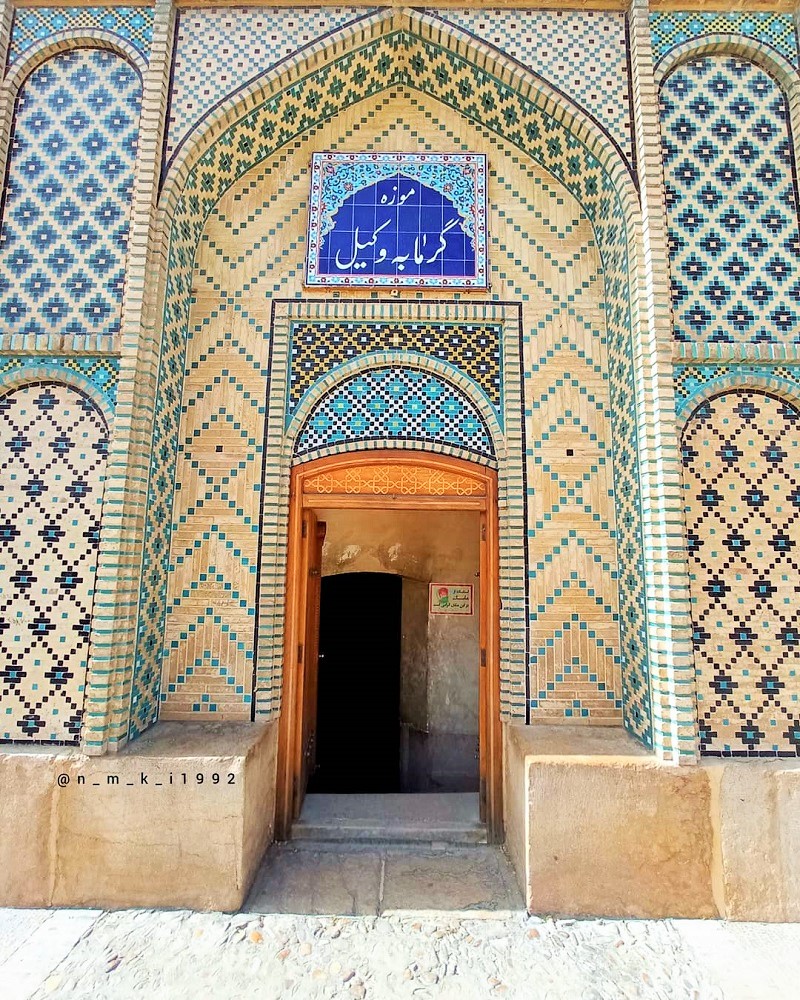



Choose blindless
Red blindless Green blindless Blue blindless Red hard to see Green hard to see Blue hard to see Monochrome Special MonochromeFont size change:
Change word spacing:
Change line height:
Change mouse type:

